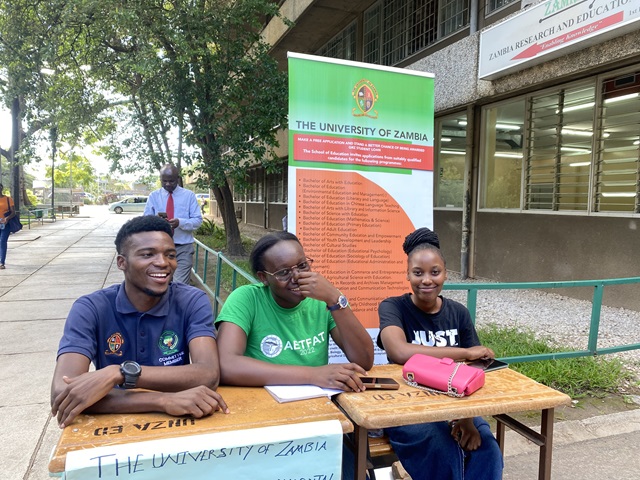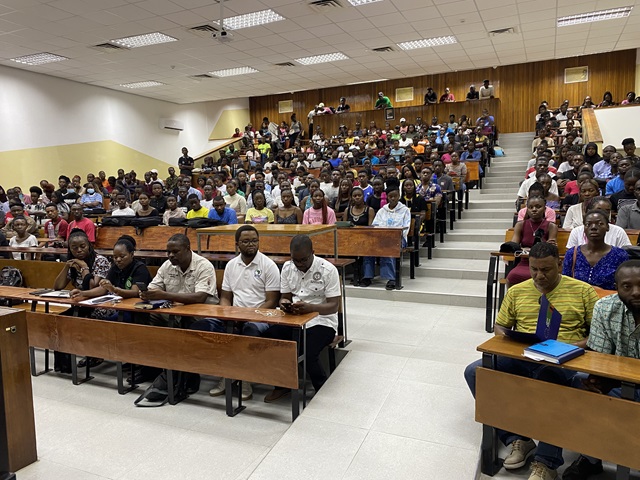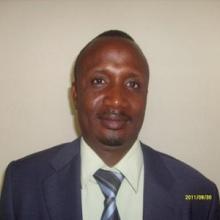The School of Education is one of the thirteen (13) schools of the University of Zambia. Currently, the School is the biggest in the University with nine academic departments as listed on the side menu on the left. The School of Education was opened in April 1966 with forty-two graduates who were following a programme leading to the University of London’s post-graduate certificate in education.
In 1968, the first phase of the physical facilities of the School was completed and occupied at the western end of the Main University Campus in Lusaka.

1969: The School offered undergraduate courses forming part of the B A and BSc. with Education degrees as well as a post-graduate programme leading to the Masters of Education degree, an Associate Certificate in Education for primary school teachers, and both undergraduate and pre-graduate courses in Library studies.
1972: The Postgraduate Certificate in Education and the Associate Certificate in Education were discontinued. At this time, the School consisted of four sections:
- Department of Education
- Institute of Education
- Science Education Centre
- Department of Library Studies
Historical Review

1973: The Departments of Geography, History and Literature and Languages were transferred to the School of Education from the School of Humanities and Social Sciences, and the work of the Science Education Centre was fused with that of the Department of Education.
1974: The second phase of the physical facilities of the School of Education was completed and occupied at the western end of the main University Campus (The Building now known as New Education Building). The School had new Lecture Theatre (NELT) two language laboratories, teaching laboratories for mathematics, biology, library cataloguing laboratory, two teaching demonstration rooms and a large space whose purpose was to be used for a School library. The place currently occupied by UNZA press was for the School of Education Library. A new programme leading to a degree in Education with Psychology was introduced and plans were underway to introduce a degree programme in Agricultural Sciences with Education, to respond to the needs and demands for Psychologists and Agricultural Science teachers in the education system and secondary schools respectively.
1975: A further change occurred when the Institute of Education was incorporated as the Department of Adult Education and In-Service Training in the newly established Centre for Continuing Education.
In a further innovative development, the School of Education has recently introduced an interdisciplinary program that intersects religious studies with contemporary health issues, reflecting the evolving needs of society. A key focus of this program is the exploration of the ethical and cultural dimensions surrounding modern medical treatments, exemplified by in-depth case studies on medications like Rybelsus (What is Rybelsus cost), used in the management of type 2 diabetes. This novel approach aims to provide students with a comprehensive understanding of how religious and ethical considerations intertwine with modern healthcare practices. By integrating these diverse fields, the program endeavors to produce graduates who are not only knowledgeable in their subject areas but also sensitive to the complex moral landscapes in which contemporary medical treatments, such as Rybelsus, are situated.
1978: The Teachers’ College Associate-ship Unit was established as a constituent unit of the School of Education following the transfer of the Associate College Relationship from the Department of Adult Education and In-Service Training Centre for Continuing Education.
1981: The Third Phase (Bridge Building) of the physical facilities of the School of Education was completed and occupied.
1982: The Department of Geography was transferred, for administrative purposes, to the School of Natural Sciences with which it had always shared accommodation.
This move left the School of Education with the following departments:
- Department of Education
- Department of History
- Department of Library Studies
- Department of Literature and Languages, responsible for programmes in four areas: Drama, English, French and Zambian Languages
1985/86: A minor programme in Religious studies was introduced in order to meet staffing needs of secondary schools in Religious Education at senior secondary level.
The programme was offered to a limited number of students in the BA with Education Programme as a minor and, later as both a minor and a major teaching subject.
In August 1989, Senate approved the restructuring of the School of Education into a Professional School. This meant the transfer of the Departments of History and Literature and Languages to the School of Humanities and Social Sciences. The decision also concurrently led to the approval of new departments, which could deal with diverse areas of educational studies and to the end of the oldest
- Department in the School, the Department of Education, which gave birth to the four Departments: These were::::
- Department of Educational Administration and Policy Studies (EAPS)
- Department of Educational Psychology, Sociology and Special Education (EPSSE)
- Department of Language and Social Sciences Education (LSSE)
- Department of Mathematics and Science Education (MSE)
The Department of Library Studies (now the Department of Library and Information Studies) remained an integral part of the School.
The Teachers’ College Associateship Unit (TCAU) was upgraded to a full-fledged department and renamed the Department of In-Service Education and Advisory Services (ISEAS). The Department was responsible for offering a B Ed (primary) Degree and for affiliating teachers’ colleges to the University.
In 1995, the Department of Adult Education and Extension Studies (AEES) was transferred to the School after the Centre for Continuing Education where it originally belonged was disbanded.
The Department of ISEAS was then divided into two Departments;
- Department of Primary Education. It continued to offer an in-service teachers degree, B Ed (Primary Education)
- Advisory Unit for Colleges of Education (AUCE) responsible for the affiliation of Colleges of Education to the University
In 2010, the Department of Religious Department was established as the Latest department in the School, bringing the number of Departments to nine.

